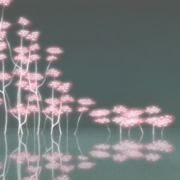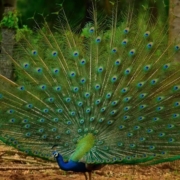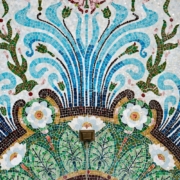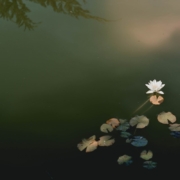Open to Synchronicities
An audio version of this blog post can be heard here.
Once upon a time there was a Chinese farmer whose horse ran away. That evening, all of his neighbors came around to commiserate. They said, “We are so sorry to hear your horse has run away. This is most unfortunate.” The farmer said, “Maybe.” The next day the horse came back bringing seven wild horses with it, and in the evening everybody came back and said, “Oh, isn’t that lucky. What a great turn of events. You now have eight horses!” The farmer again said, “Maybe.”
The following day his son tried to break in one of the horses, and while riding it, he was thrown and broke his leg. The neighbors then said, “Oh dear, that’s too bad,” and the farmer responded, “Maybe.” The next day the conscription officers came around to conscript people into the army, and they rejected his son because he had a broken leg. Again all the neighbors came around and said, “Isn’t that great!” Again, he said, “Maybe.
Why I Love This Story
It’s a reminder that our inner peace isn’t tied to the ever changing tides of life: this is true freedom. The farmer understood how interconnected life is.
Such insight and it’s resulting equanimity may be challenging to come by these days and yet, with practice we too can find steadiness within ourselves and remain open to synchronicities. That steadiness is always there within us and the journey home to it is essential now. It doesn’t mean we don’t take action, it means we know what motivates our actions and we keep the big picture.










